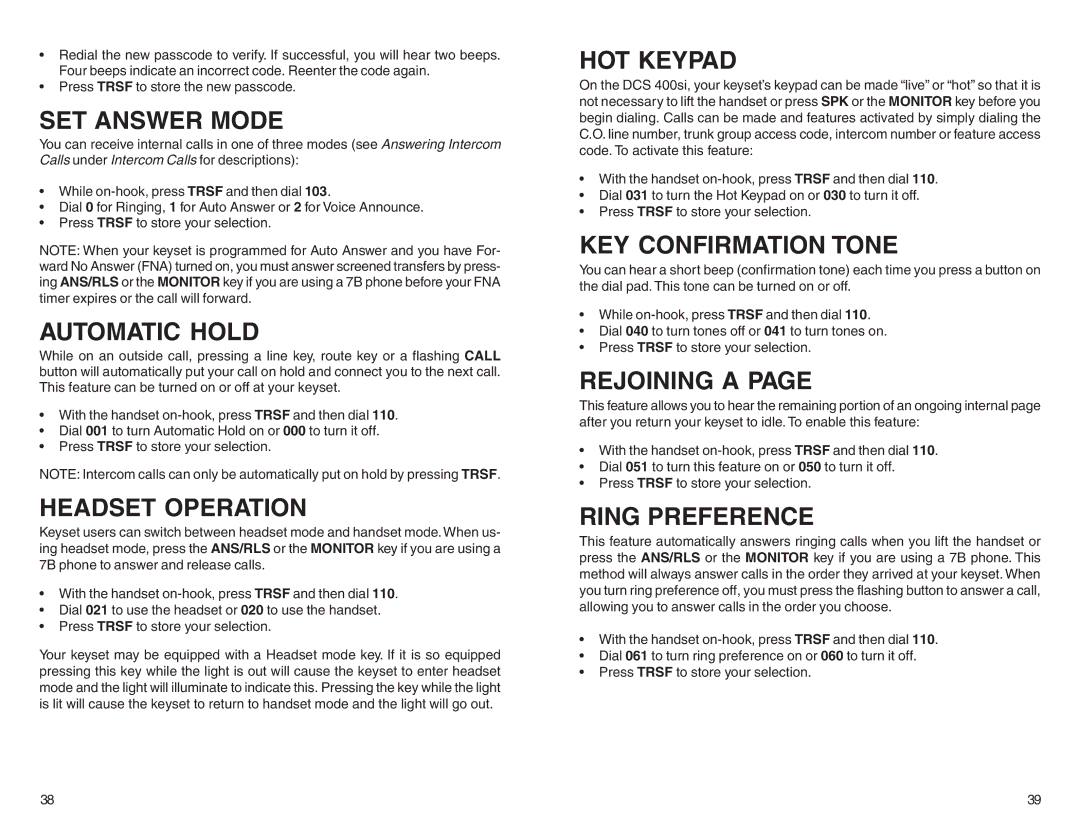LCD 24B, 7B, STD 24B, LCD 12B, BASIC 12B specifications
The DCS STD 24B, 7B, BASIC 12B, LCD 24B, and LCD 12B are advanced digital control systems designed to enhance operational efficiency in various applications, including industrial automation and process control. Each model offers distinct features and technologies tailored to meet the needs of diverse environments.The DCS STD 24B is characterized by its highly scalable architecture, allowing for seamless integration into existing systems. This model supports up to 24 I/O points, making it ideal for medium-sized applications. Its user-friendly interface, equipped with a touch screen, allows operators to easily navigate through complex processes. Additionally, it features robust connectivity options, including Ethernet and serial communication, ensuring reliable data exchange between devices.
The DCS 7B stands out with its advanced data processing capabilities. Equipped with a high-performance microcontroller, this system can handle complex algorithms and perform real-time data analysis. The 7B model also emphasizes safety, incorporating multiple redundancy features and built-in diagnostics to prevent system failures. Its compact design makes it suitable for installation in space-constrained environments.
The BASIC 12B model is designed for entry-level applications, providing essential control features at a competitive price point. It supports up to 12 I/O points and comes pre-configured for easy setup, making it an excellent choice for small-scale projects. Despite its simplicity, the BASIC 12B offers essential monitoring capabilities, enabling operators to track system performance effectively.
The LCD 24B and LCD 12B models incorporate advanced liquid crystal display technology for enhanced visibility and user interaction. The LCD 24B is designed for comprehensive process visualization, featuring bright, high-resolution graphics that display critical data in real-time. This model supports extended functionalities, including alarm management and remote monitoring.
Conversely, the LCD 12B focuses on core monitoring and control tasks while ensuring easy readability. Both LCD models are built with durable materials, providing additional robustness in demanding environments. They feature intuitive interfaces that simplify operation for users while ensuring that critical parameters are easily accessible.
In conclusion, the DCS STD 24B, 7B, BASIC 12B, LCD 24B, and LCD 12B offer a diverse range of features, technologies, and characteristics, catering to various operational needs. With their emphasis on scalability, performance, and user-friendliness, these digital control systems are positioned to enhance efficiency and productivity across multiple sectors.
